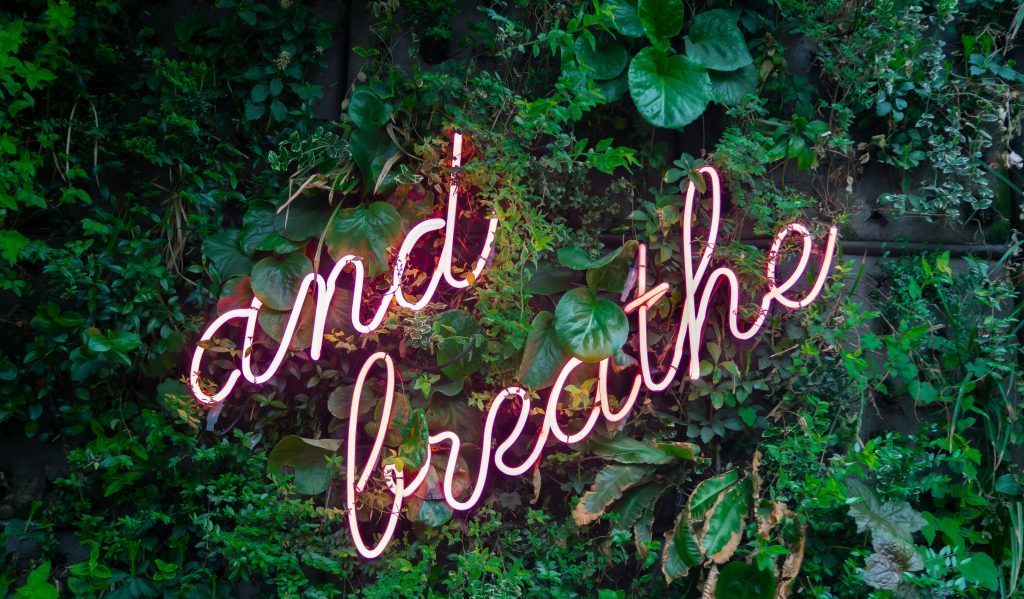First off, let’s be clear: finding out you have a lung nodule can sound scary, but it doesn’t automatically make you a “patient.” In fact, the vast majority of people with small lung nodules lead completely normal lives and don’t need any treatment. A better way to see yourself might be as someone who’s simply “keeping an eye on their lung health.”
Often, what shows up on the scan isn’t necessarily harmful. It could be an old scar, a mild inflammation, or just a benign lump. If there’s signs of inflammation, your doctor might prescribe anti-inflammatory medication—but that’s aimed at calming irritation, not directly at the nodule itself.
So what do you need to do? Mostly, just what your doctor recommends: regular follow-up scans. This usually means CT scans repeated every 3, 6, or 12 months depending on the size and appearance of the nodule. These scans help your doctor monitor any changes over time—and catching change early is key.
It’s also helpful to understand what could happen next. Many nodules stay the same forever. Some even shrink or disappear on their own. And even if a nodule does grow, catching it early through follow-up means treatment can start early—and outcomes are usually excellent.
While you don’t need “special” daily care just because of a nodule, you can definitely take better care of your lungs in general. Small changes can make a real difference:
- If you smoke, try to quit—and avoid secondhand smoke too
- Steer clear of heavily polluted air whenever possible
- Eat plenty of fresh fruits and vegetables, and stay hydrated
- Keep a healthy routine—try not to stay up too late
- Stay active, but listen to your body and avoid overdoing it
- Do your best to avoid colds and flu, since repeated lung inflammation can sometimes irritate the lungs
Remember—you’re not alone. Millions of people have lung nodules, and most will never need treatment. Stay calm, follow up regularly, and take good care of your body. You’ve got this.
